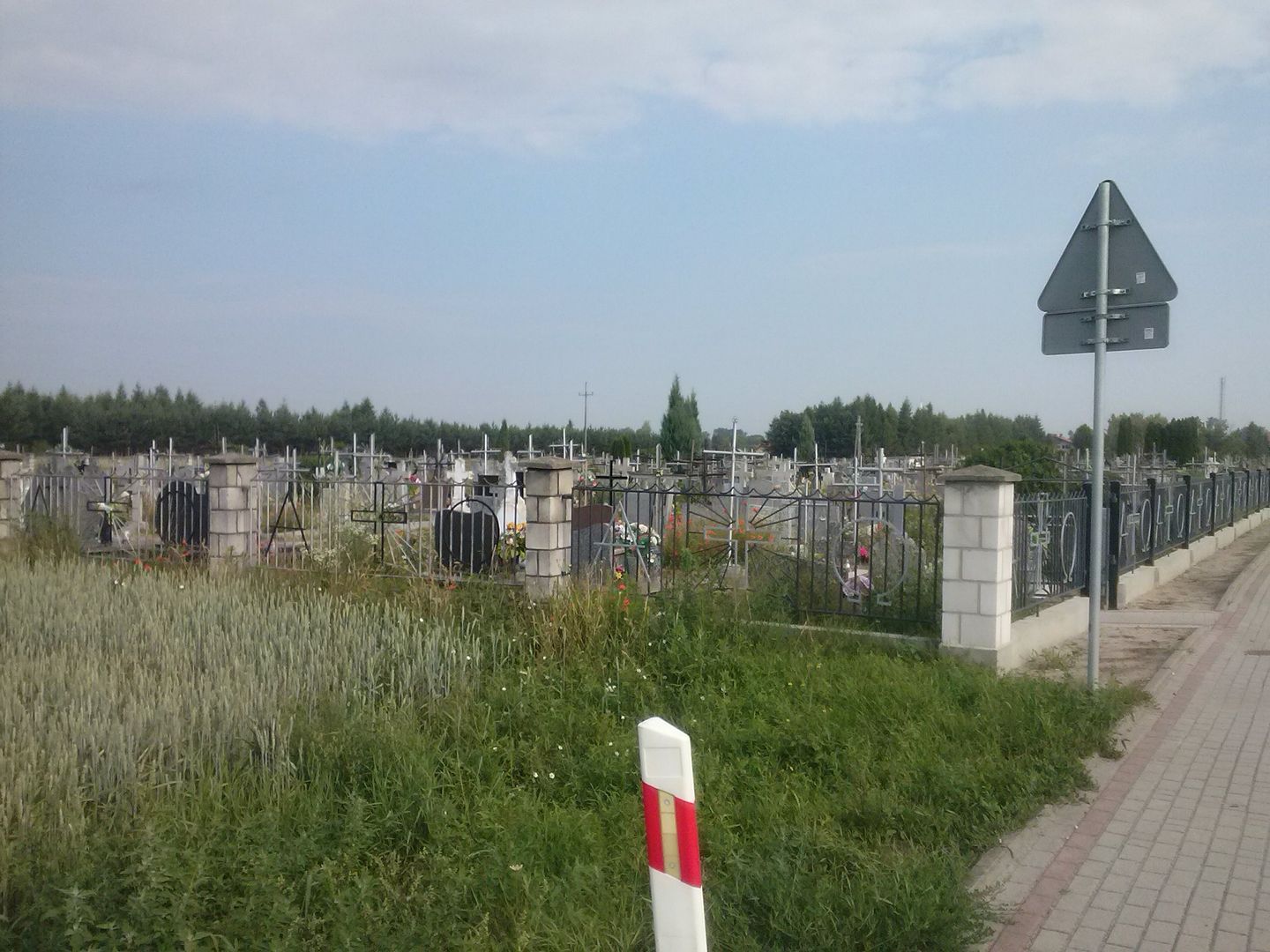Tryńcza
6.23

Overview
Tryńcza is a village in Poland, located in the Podkarpackie Voivodeship, within Przeworsk County, with a history dating back to the 15th century. The village is picturesquely situated on the Wisłok River, near National Road 77 and a railway line, which supports its development. Tryńcza is home to a historic parish church, built in 1909 by Kazimiera Banhidy, which was rebuilt after the destruction of World War I and consecrated in 1931. Next to the church stands a noble manor and an 18th-century granary. The village cherishes cultural values, exemplified by the "Katyń Forest" – a park with 96 Oaks of Memory commemorating the victims of the Smolensk disaster and the Katyn massacre. Tryńcza boasts a vibrant local community life, with the LKS Wisłoczanka sports club operating since 1957. Over the years, the village has witnessed numerous historical events, from invasions by Tatars and Swedes to the great defense of the bridge on the Wisłok River in September 1939. In 1973, the Municipality of Tryńcza was reestablished, and children continue the educational traditions of a school founded in 1882, which has undergone various transformations. The village also preserves memories of World War II events, when partisan units were active in the region. Despite challenging times, Tryńcza has retained its character and heritage, serving as a place where history meets the present.
Location
2025 Wizytor | All Rights Reserved